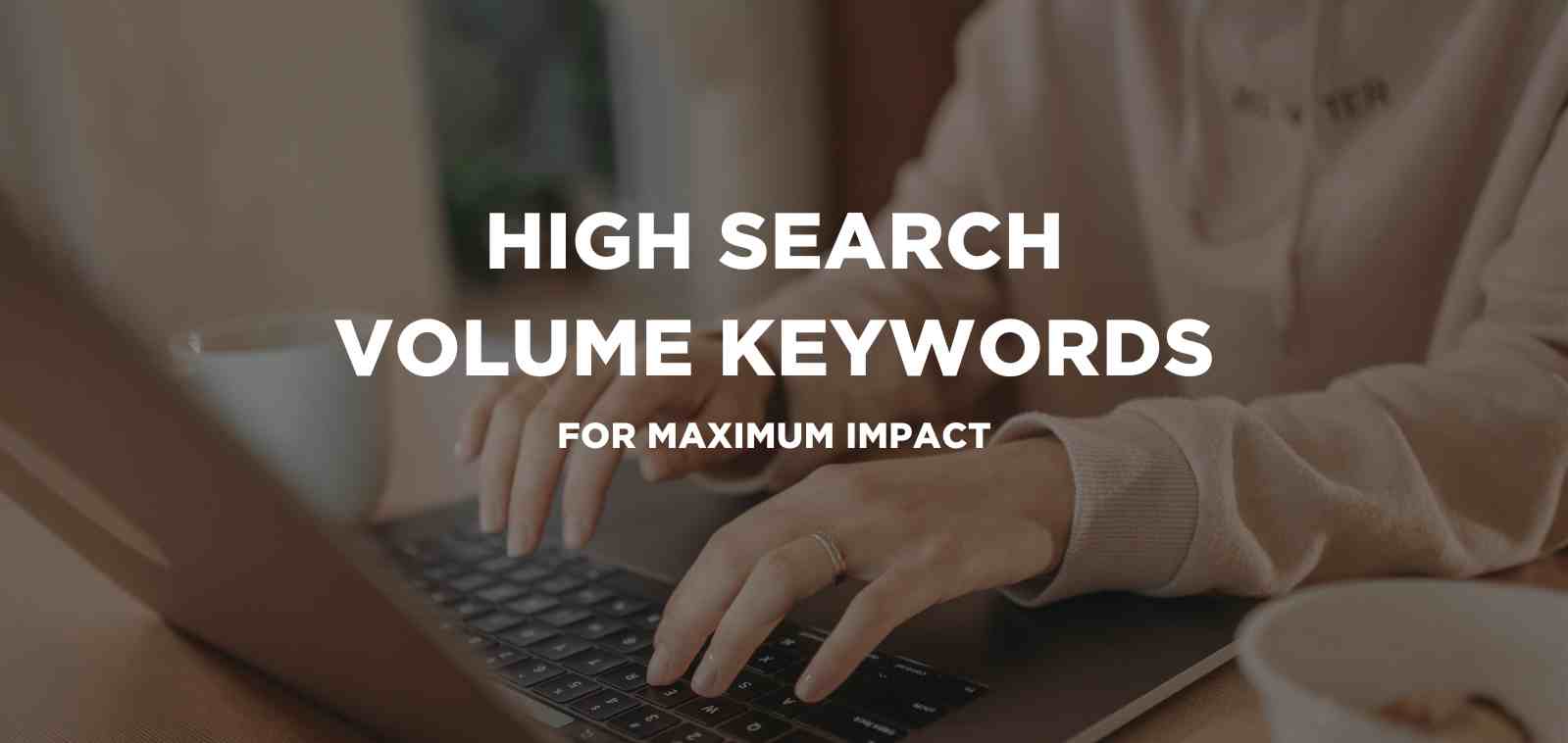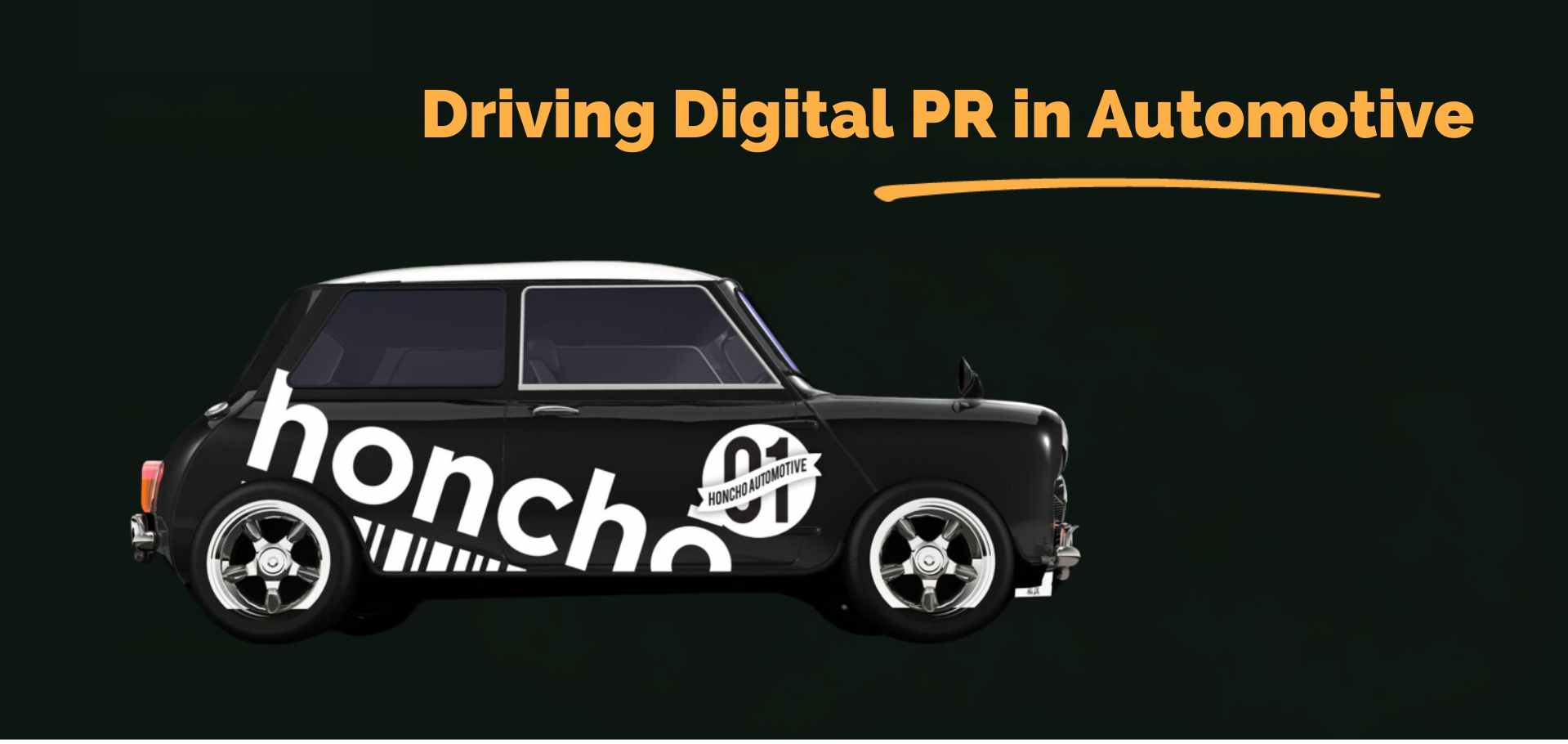5 min read
Harnessing High Search Volume Keywords for Maximum Impact
Discover the power of high search volume keywords and how to effectively use them to boost your online presence and drive maximum impact.
2017 has already been a year of big change from Google, especially with the roll-out of the mobile first index. With such frequent change, it’s sometimes hard to stay on-top of the latest insights Google provide. So, we have broken down all of John Mueller’s 2017’s top SEO tips into just 25 you must know!
Interestingly, when Google finds highly duplicate pages, only one version will be indexed. When they encounter a near duplicate page (around 65-85% duplication) to another page they will filter the SERP’s to only show one of the pages depending on the search query.
So when analysing highly duplicate pages Google will look into the internal link structure, external link profile of each page and the use of canonical tags to conclude which page to index.
In March, Google told us that a page with an hreflang tag that is canonicalised will not be crawled as often as a canonicalised page with a hreflang.
Hreflang links should be between different canonicals, for example; canonical English page to a canonical Italian page as these are the versions Google will crawl, index and be able to connect the relationships between hreflang tag usage.
Google will not use the positioning or layout of content in the HTML to boost rankings of a page. However, they will use it to establish the context within the site structure. They did remind us that above the fold content is more valuable to Google than below the fold. This is something which can also be utilised when looking for position 0 quick answer box snippets placements.
If you’re regularly changing content on your site using an RSS you can use PubSubHubbub which is a way to get your updates even faster to Google. This is probably the fastest way to get content into Google.
To get the most out of your crawl budget John Mueller noted that Google primarily focuses on the last modified date. Change frequency and priority are not used within the sitemap currently. Google will ignore identical modified dates in sitemaps for all pages and absolute URLs are required for sitemaps.
If it’s just a variation then you should look into consolidating the pages and merging them together. If the pages are unique and each page satisfies a unique need to the user then is it something that they will look to index separately.
Google often passes through websites and finds content that is exactly the same. In some cases, content is essentially the same but a minor change is present, such as a different currency. When content is mostly the same Google will look for hreflang markup between those pages to determine which one to serve, depending on the user.
There are no word limits for link titles, image titles or alt text, however, it is recommended that you don’t go overboard when optimising these elements. Link title, image title and alt text lengths should be reasonable, make sense for the users and provide additional semantic value when search engines crawl your pages.
Google stated that they do not care about a good quality 404 page. They will ignore 404, 410 pages etc as they know they will not find anything valuable. Google would rather spend their crawl budget in more informative areas of the site.
It’s important to note that this is only from their perspective. A good quality error page may be beneficial from a user perspective and keeping visitors on your website.
The URL parameter handling tool in Search Console guides Google’s crawls by figuring out which set of URLs they can probably ignore and avoid.
Once the URL parameter handling tool has identified which parameter pages to crawl and which ones they can avoid, Google will then look for canonical tags to help identify which page to serve once they have crawled a URL.
Although there has been a lot of speculation around whether HTTPS improves rankings or not and Moz reporting that 50% of all first page results are HTTPS sites Google told us that they’re not planning on increasing rankings for HTTPS sites unless it becomes a quality issue. Is it just the case that most sites are moving over to HTTPS?
Although Google doesn’t rank HTTPS sites more dominantly than HTTP, e-commerce and websites that store user information will benefit from the user, not Google, by implementing HTTPS. When both HTTPS and HTTP versions of a site exist, Google will choose the HTTPS version of a page.
When both HTTPS and HTTP versions of a site exist, Google will choose the HTTPS version of a page.
If there are lots of internal links to a particular page on your site Google will assume that this is an important page of your website. They will prioritise this page when crawling to identify changes to these pages first vs pages with less internal links.
Google retries crawl errors from time to time as a low priority, even if the error has been present for many years to look to see if they’re missing anything new.
If you’re doing a pure site migration from one site to another, Google should pick up and index the main URL’s within a couple of days. Google did not, however, mention how long it will take them to index a new websitem, although most SEO’s will use the 30-day mark to gain some visibility.
From Google’s search point of view, if they don’t show anything special for that specific markup then they probably don’t use it.
For the markup that they do use in search, it’s more of a case of changing the snippet and displaying it in SERPs vs improving rankings. Again, it is important to note that the markup Google does use in SERPs is valuable to users and will help improve CTR, which is speculated to be a ranking factor.
Grammar and well-written content is very important for SEO, however, Google will recognise misspellings and if a query for a misspelt word is searched for then Google will look to guide the user to the correct spelling.
Google will probably understand the spelling error and they can rank those pages regardless of how the user spells. Therefore, there’s no additional value to optimise for typos and a page will look unprofessional with poor spelling.
In recent years and months Google has moved more and more towards understanding each section of the site better and the quality of each section.
Improving a section of the site will not provide instant results as Google sees this more as a long-term strategy. This means you’re more likely to see gradual changes to traffic and rankings.
If you buy an old domain and completely change the content, Google will treat the site like a new website. For example, Google will restart the bank link profile for the domain if they notice that content has completely changed.
Google told us that links from the homepage tend to be the most important and valuable to users. If you’re linking to something from your homepage, Google sees this as something that is important and will pass more weight to these pages.
An AMP page should be the equivalent to a normal page on your website. If your AMP page only displays a snippet of your normal page content then Google will see this as an issue.
In March Google did reveal that in the near future Mobile page speed will be a mobile-first ranking factor.
Although mobile page speed is not currently a ranking factor, a good mobile page speed will improve the user experience and help retain visitors on your site.
Google’s algorithm tries to establish what the best title is, on a per query basis – this is more often the case with long or duplicate titles.
Google will often use your URL’s content to change the title if they deem theirs to be more relevant to the search query. Google will more often change long or duplicate titles vs unique titles.
Our Top tip is to use the highest ranking target keyword for a particular URL in the title as these keywords will be relevant to the search query your landing page has appeared for.
Google sees image and text internal links the same, however, more context can be found from using a text link vs just an image link. To pass an equal amount of weight from a text and image link, image links should contain relevant alt text to help Google identify the context.
Earlier in the year, Google did also mention that internal links that open in a new window are also treated normally and no link weight is diluted.
In January 2017 Google said that they use the URL ‘a little bit’ to match relevancy to search queries however they use other areas much more.
From a user’s perspective, a relevant URL can be a strong indicator of a page topic and its relevance to a search query. A highly relevant URL can help improve click through rates.
Google uses headings to determine the context of a page however, they do not care about the structure behind the headings, for example, if you have < h1> followed by < h3>. Google is more interested in trying to group these pieces of content with what belongs together.

5 min read
Discover the power of high search volume keywords and how to effectively use them to boost your online presence and drive maximum impact.

2 min read
We're delighted to officially announce our partnership with Eflorist, one of the world’s leading flower delivery brands with over 54,000 local flower...

5 min read
Working agency-side in digital marketing often means that you’re expected to be a jack of all trades, with industry expertise stretching across...
iThinkMedia returned for another year at Search Love in London last week.
Yesterday Google suddenly announced that pagination tag rel=prev and rel=next will no longer be supported by Google. Once again this created a stir...
Google has announced some changes coming to existing features. Google is continuing to invest heavily into AI across all of their services. Here we...